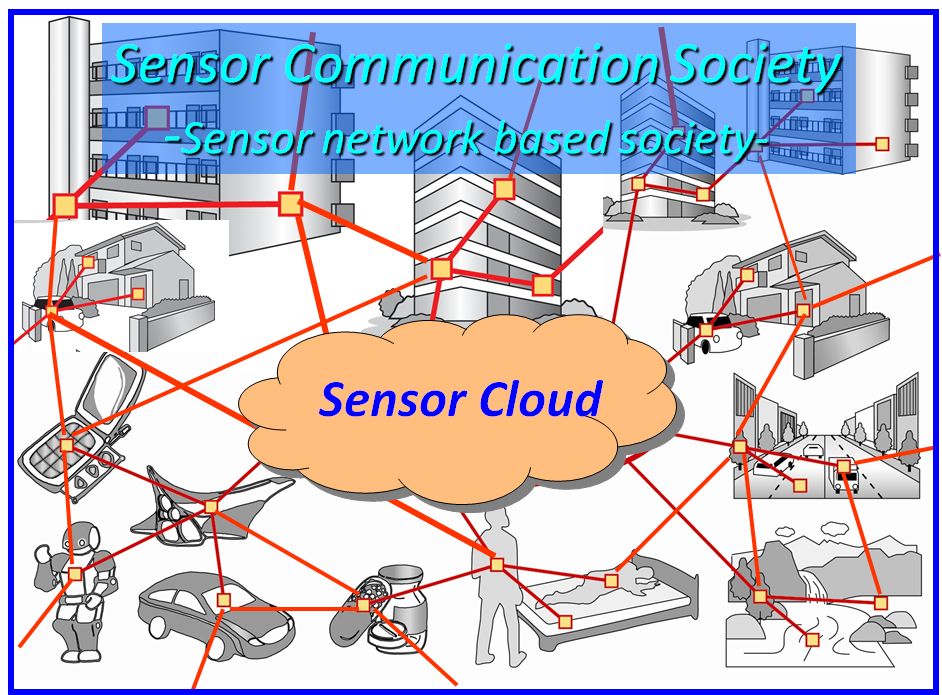 Wireless sensor networks are to become popular for monitoring different kinds of variables, such as pressure, strain, temperature, etc, in the coming IoT fields. However, one of the biggest problems of these networks is electric power supply. Though power consumption of a sensor device with wireless transmission can be lowered considerably,
Wireless sensor networks are to become popular for monitoring different kinds of variables, such as pressure, strain, temperature, etc, in the coming IoT fields. However, one of the biggest problems of these networks is electric power supply. Though power consumption of a sensor device with wireless transmission can be lowered considerably,
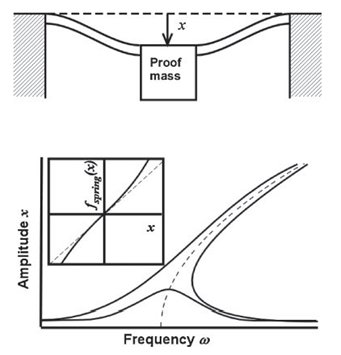
batteries still have a limited life cycle and eventually need to be replaced. It can be a costly and time-consuming, possibly unrealistic, procedure in the coming IoT fields where there can be a tremendous number of sensor network nodes. A new means of electric power supply for each sensor node is necessary as more practical solution now.
One of promising solutions is to take advantage of the energy in ambient vibrations and convert it to electrical power. Sendai Smart Machines (SSM) develops effective and practical energy harvester devices by use of 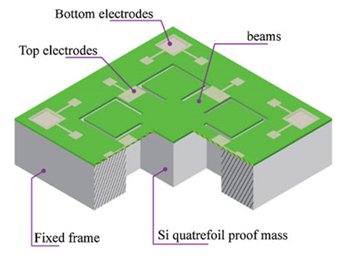 piezoelectric conversion. SSM’s unique technology for energy harvester device is “AlN (aluminum nitride) thin film-based non-linear spring type formed on stainless steel” developed by MEMS technology. Our energy harvester device, based on our proprietary technology, reliably and stably operates under severe vibratory circumstances such as automotive, railway, industrial plant or factory, and so on.
piezoelectric conversion. SSM’s unique technology for energy harvester device is “AlN (aluminum nitride) thin film-based non-linear spring type formed on stainless steel” developed by MEMS technology. Our energy harvester device, based on our proprietary technology, reliably and stably operates under severe vibratory circumstances such as automotive, railway, industrial plant or factory, and so on.
AlN Film
Aluminum Nitride (AlN) is one of well-known materials for piezoelectric energy harvesters. AlN has great advantages in compatibility with the standard CMOS processes which is fabricated by commercially popular equipments. Further, this will makes the energy harvester integrated with the other parts such as sensor, logic controller, wireless transmitter, and so on.
Sendai Smart Machine(SSM) develops AlN-based energy harvester device. We uniquely form AlN thin film on SUS (Stainless steel) for higher impact energy absorption with remarkable durability.
SUS beam
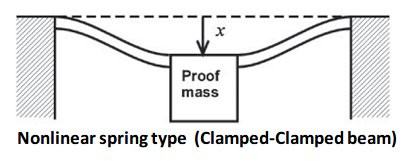 Sendai Smart Machine(SSM)’s energy harvester device assembles a nonlinear spring beam structure, which has a beam with a support at both ends. When the generator vibrates in the vertical direction, the supports move up and down in sync with the external acceleration. It tends to bend the beam up and down at the center. A proof mass is attached at the beam’s center in order to increase that bend amount and control a resonant frequency. The larger bend causes more stress and strain, and leads to a higher output voltage and power. Fig 1 shows SSM’s beam structure.
Sendai Smart Machine(SSM)’s energy harvester device assembles a nonlinear spring beam structure, which has a beam with a support at both ends. When the generator vibrates in the vertical direction, the supports move up and down in sync with the external acceleration. It tends to bend the beam up and down at the center. A proof mass is attached at the beam’s center in order to increase that bend amount and control a resonant frequency. The larger bend causes more stress and strain, and leads to a higher output voltage and power. Fig 1 shows SSM’s beam structure.
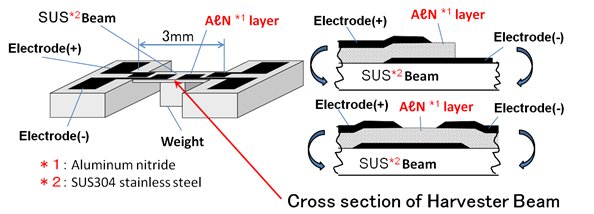
Fig 1: Beam structure
Table 1 shows vibratory circumstance, under which a beam in an energy harvester device must steadily operates, in different application fields.
Table 1: Vibration circumstance of different application fields
| Automobile | Home Electronics | Industry | Airplane | |
| Vibration | 2 to 25G | 1 to 5G | 0 to 5G | 0.5 to 10G |
Source: “MEMS Approach for the Automotive Industry” by TOYOTA CRDL., Inc.
As shown Fig 1, SSM’s beam is formed on SUS (Stainless steel). Compared to Si substrate, which is usually used as base to form a beam, SUS’s capacity of impact energy absorption is higher as well as its durability is definitely better. SUS-based beam steadily operates under severe vibratory circumstances like the above without stress destruction.

